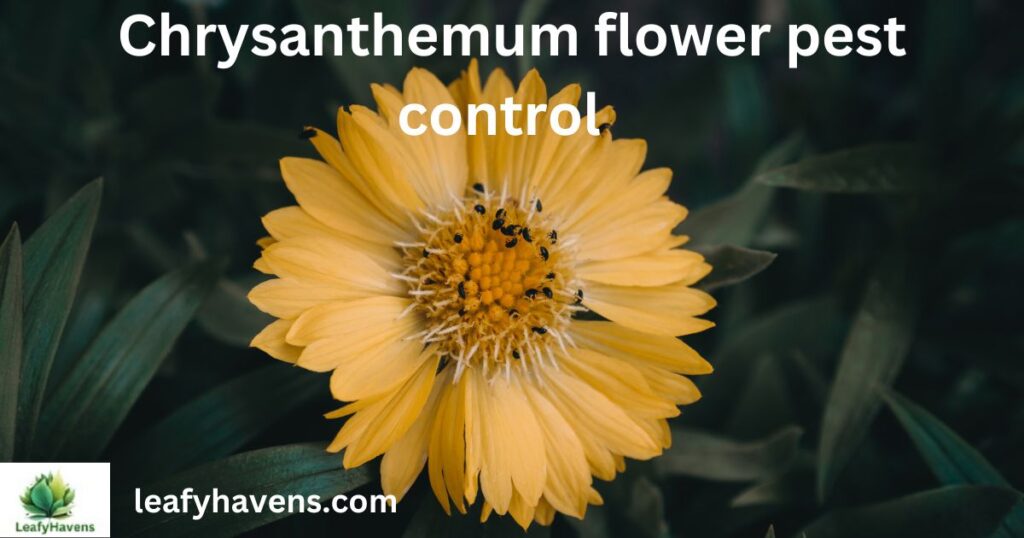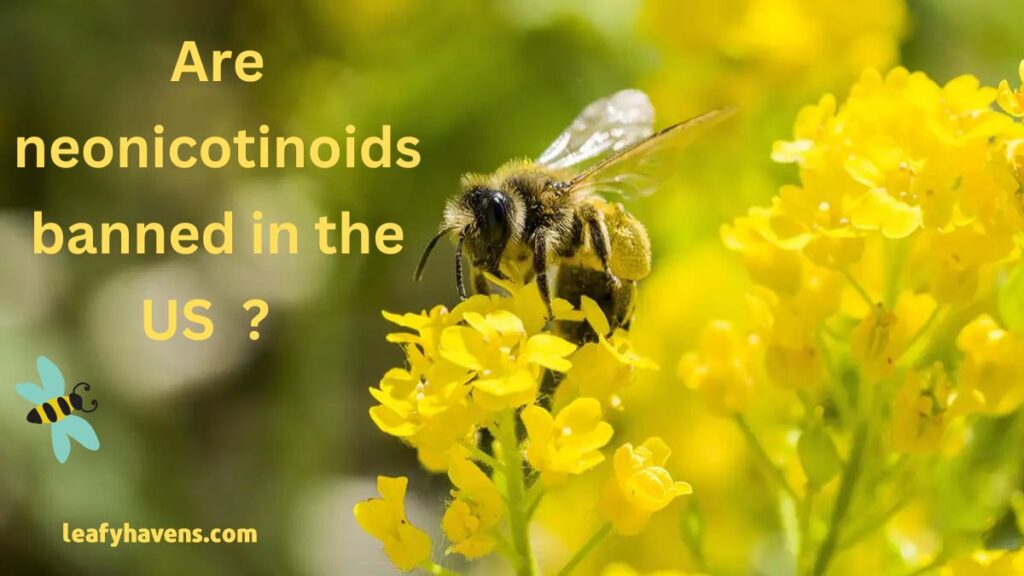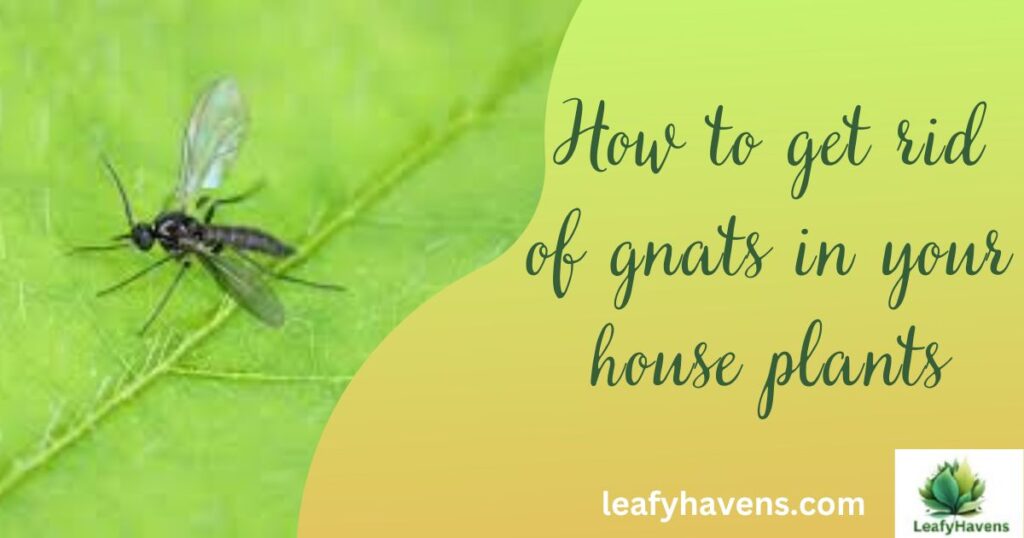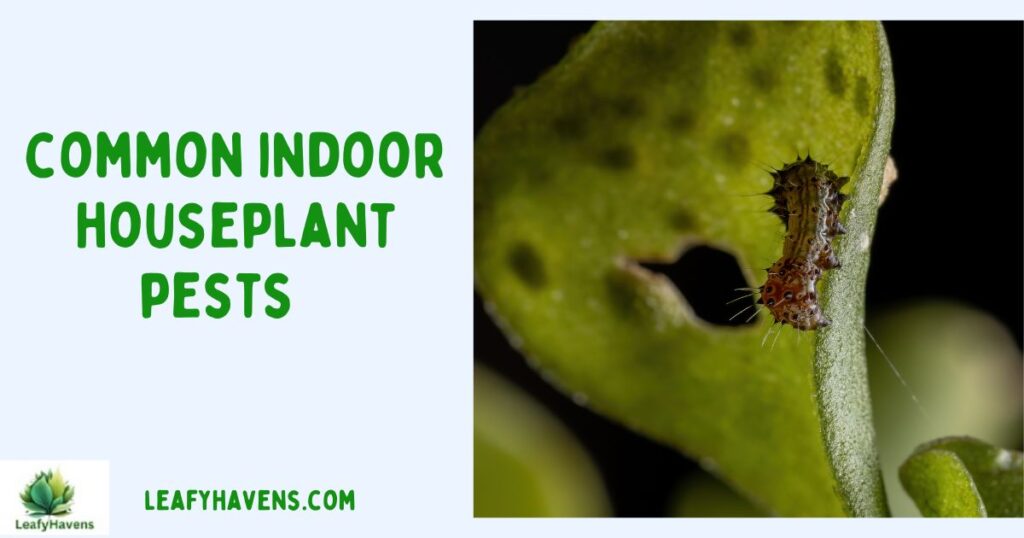Chrysanthemums, often called mums, are beautiful flowers cherished for their vibrant colors and decorative appeal. However, these stunning blooms can fall victim to a range of pests, threatening their health and beauty. Effective chrysanthemum flower pest control is essential to keep your garden thriving and vibrant. Common Indoor Houseplant Pests can also affect your chrysanthemums if they are kept indoors. In this guide, you’ll discover simple, effective ways to protect your chrysanthemums from pests using safe and reliable methods.
- Why Is Chrysanthemum Flower Pest Control Important?
- Common Pests Affecting Chrysanthemums
- Step-by-Step Guide for Chrysanthemum Flower Pest Control
- Benefits of Using Natural Chrysanthemum Flower Pest Control
- Recommended Products for Chrysanthemum Flower Pest Control
- Preventive Tips for Long-Term Chrysanthemum Flower Pest Control
- Alternative Ways to Protect Your Chrysanthemums
- Final thoughts:
- FAQs About Chrysanthemum Flower Pest Control
Why Is Chrysanthemum Flower Pest Control Important?
Without proper care, pests can damage chrysanthemums by feeding on the leaves, stems, and flowers, leading to poor growth and diminished blooms. Implementing effective chrysanthemum flower pest control not only preserves their beauty but also promotes healthier plants overall.
Common Pests Affecting Chrysanthemums

To effectively manage chrysanthemum flower pest control, it’s crucial to identify the culprits first. Here are the most common pests:
1. Aphids
- Tiny, green or black insects.
- Feed on plant sap, causing wilting and yellow leaves.
2. Spider Mites
- Microscopic pests often found on the undersides of leaves.
- Cause yellowing and webbing on the plant.
3. Thrips
- Slender insects that damage flowers and leaves.
- Lead to distorted, discolored petals.
4. Caterpillars
- Larvae that chew leaves and petals.
- Cause noticeable holes in foliage.
5. Whiteflies
- Tiny white insects found on the undersides of leaves.
- Lead to stunted growth and sticky residue.
Step-by-Step Guide for Chrysanthemum Flower Pest Control

Follow these effective steps to control pests in your chrysanthemums naturally:
Step 1: Inspect Your Plants Regularly
- Check leaves, stems, and flowers for visible pests.
- Pay close attention to the undersides of leaves where pests often hide.
Step 2: Encourage Natural Predators
- Introduce beneficial insects like ladybugs and lacewings.
- These insects naturally feed on aphids and mites.
Step 3: Use Neem Oil Spray
- Mix 1 teaspoon of neem oil with 1 liter of water and a few drops of dish soap.
- Spray the mixture on affected areas every week for effective chrysanthemum flower pest control.
Step 4: Apply Insecticidal Soap
- Purchase an organic insecticidal soap.
- Spray it directly on pests, especially for aphids and mites.
Step 5: Remove Infested Leaves
- Prune severely infested leaves to prevent pests from spreading.
- Dispose of pruned material far from the garden area.
Step 6: Use Companion Planting
- Plant garlic, marigold, or lavender near your chrysanthemums.
- These plants naturally repel common garden pests.
Step 7: Keep the Garden Clean
- Remove plant debris regularly.
- Avoid overcrowding plants, as this encourages pest infestations.
Step 8: Apply Diatomaceous Earth
- Lightly dust diatomaceous earth around the base of plants.
- It dehydrates and kills pests effectively.
Step 9: Consider Organic Pesticides
- Choose organic pesticides that are safe for beneficial insects.
- Always follow the instructions on the label for safe use.
Step 10: Maintain Healthy Soil
- Healthy soil promotes stronger plants resistant to pests.
- Use compost and organic fertilizers for nutrient-rich soil.
Benefits of Using Natural Chrysanthemum Flower Pest Control

- Environmentally Friendly: Safer for beneficial insects and the ecosystem.
- Cost-Effective: Many natural remedies use kitchen ingredients.
- Non-Toxic: Reduces exposure to harmful chemicals for you and your family.
- Promotes Plant Health: Healthier plants resist pests better.
Recommended Products for Chrysanthemum Flower Pest Control
If you’re ready to take action, consider these highly effective products:
- Neem Oil Spray: A natural solution for multiple pests.
- Insecticidal Soap: Perfect for controlling aphids and whiteflies.
- Diatomaceous Earth: A safe, organic powder for pest control.
Pro Tip: Purchase these products from reputable garden stores or online platforms for guaranteed quality and effectiveness.
Preventive Tips for Long-Term Chrysanthemum Flower Pest Control
- Water plants early in the morning to avoid excess moisture.
- Rotate crops each season to break pest cycles.
- Avoid over-fertilizing, as it can attract pests.
Alternative Ways to Protect Your Chrysanthemums

- Essential Oil Sprays: Use peppermint or lavender oils.
- DIY Garlic Spray: Blend garlic with water and spray.
- Handpicking: For larger pests like caterpillars.
Final thoughts:
By following these steps and tips, your chrysanthemums can stay healthy and bloom beautifully all season long. Implement effective chrysanthemum flower pest control methods today and enjoy a thriving, pest-free garden.
FAQs About Chrysanthemum Flower Pest Control
1. What is the safest way to control pests on chrysanthemums?
Using natural methods like neem oil, diatomaceous earth, and introducing beneficial insects is the safest approach.
2. Can I use chemical pesticides on chrysanthemums?
While chemical pesticides can be effective, they may harm beneficial insects and the environment.
3. How often should I apply neem oil for pest control?
Apply neem oil once a week or after heavy rain for best results.
4. What plants repel pests from chrysanthemums?
Garlic, marigold, and lavender are excellent companion plants to repel pests naturally.
5. Why are my chrysanthemums turning yellow?
Yellowing can be caused by pests like aphids and spider mites or nutrient deficiencies.





